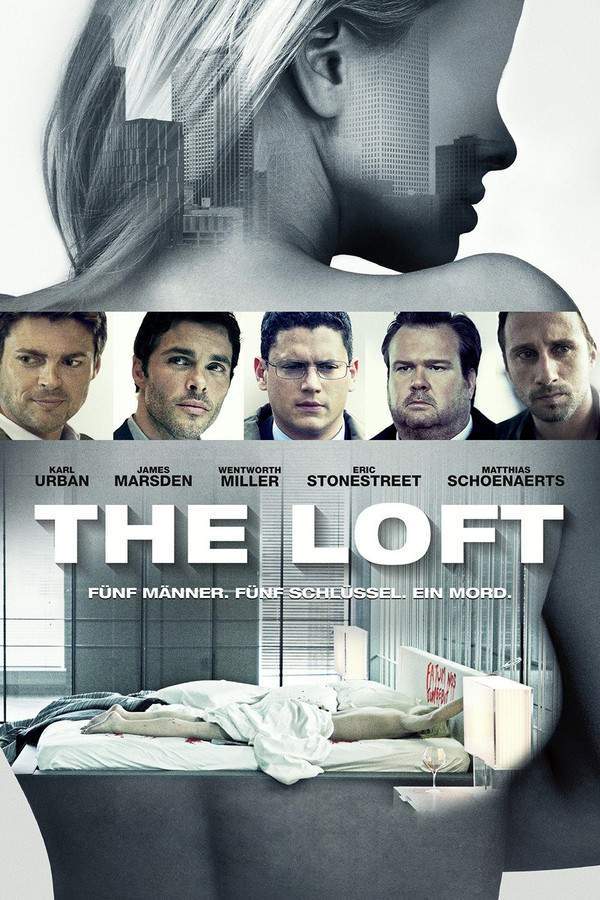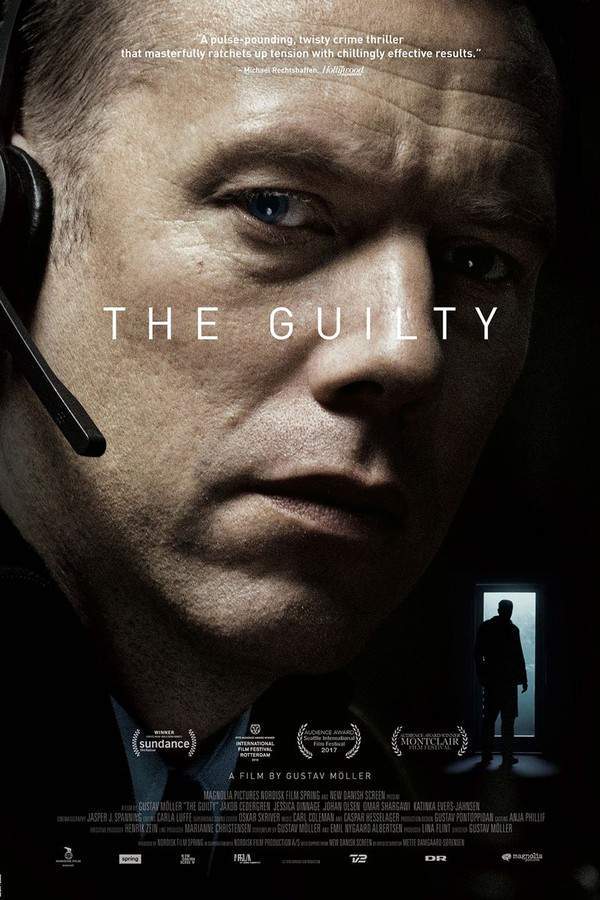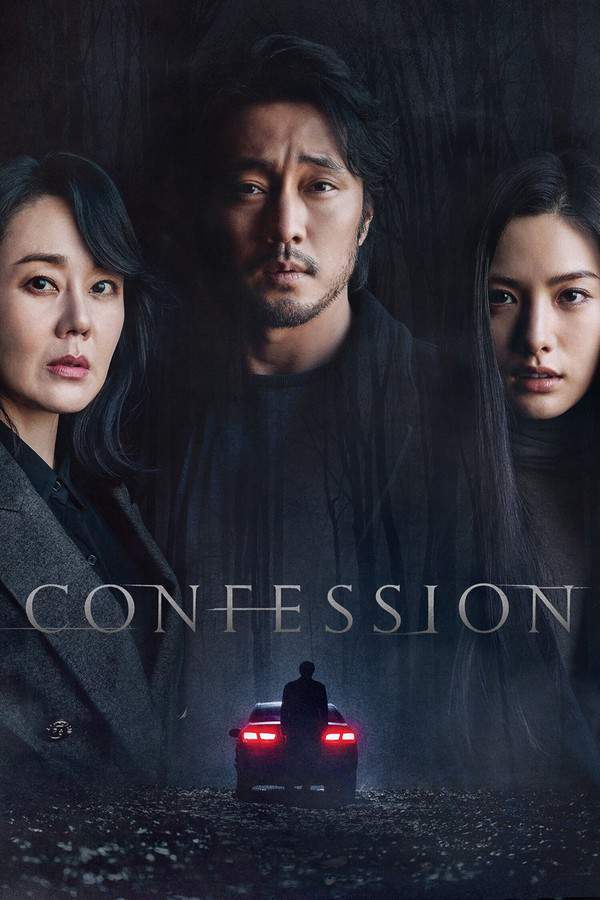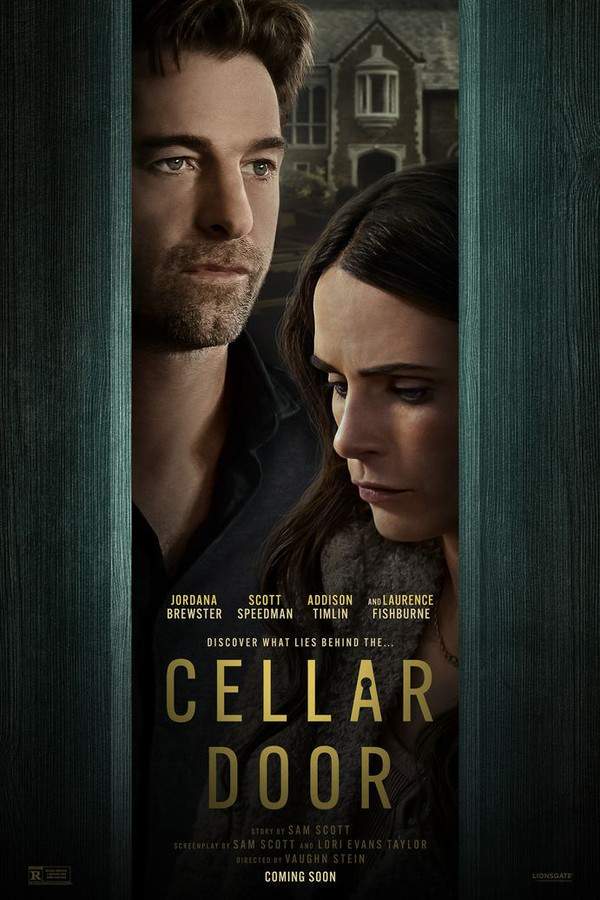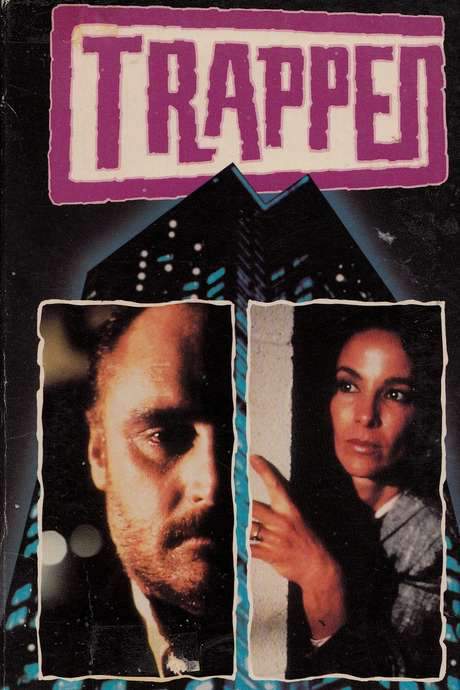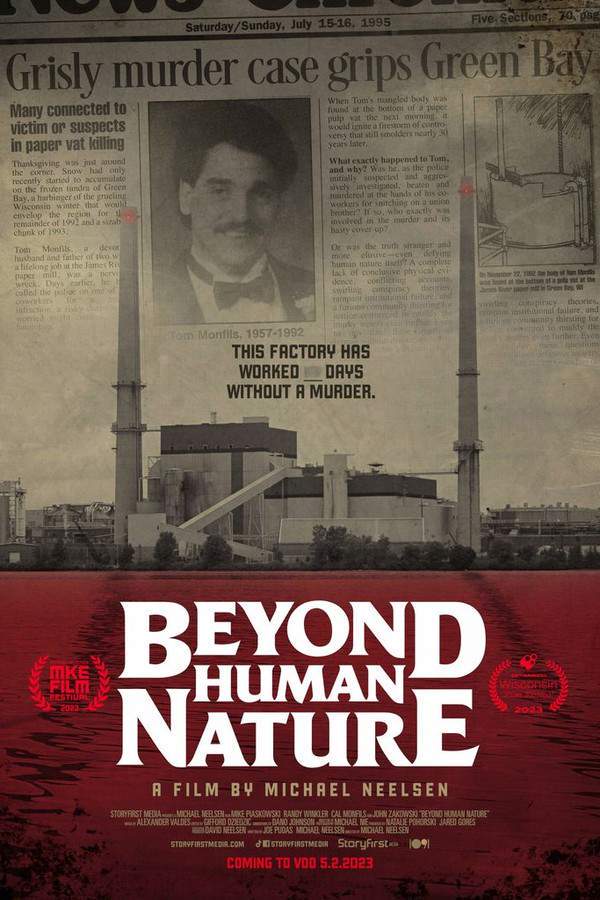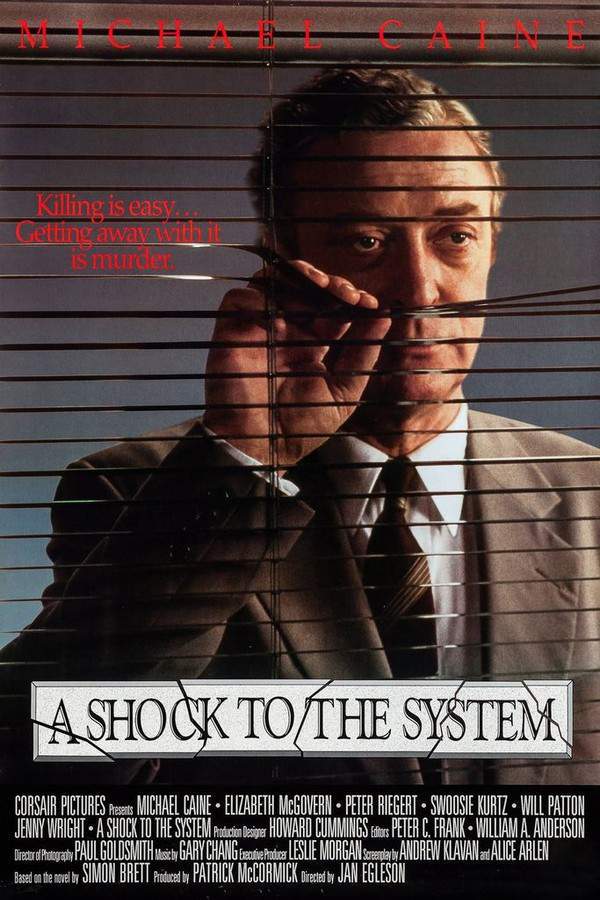
An Inspector Calls
Year: 2015
Runtime: 97 mins
Language: Cantonese
Director: Herman Yau
A surprise visit from an inspector disrupts a celebratory party hosted by a prominent family. He is investigating the suicide of a young, pregnant woman, shattering the joyous atmosphere intended for an engagement. Initially, family members deny any knowledge of the deceased. However, the inspector uncovers unsettling clues through a diary and photograph, revealing a shocking connection between the family and the tragedy. The inspector gradually exposes how six members of the family are implicated in the girl’s death.
Warning: spoilers below!
Haven’t seen An Inspector Calls yet? This summary contains major spoilers. Bookmark the page, watch the movie, and come back for the full breakdown. If you're ready, scroll on and relive the story!
An Inspector Calls (2015) – Full Plot Summary & Ending Explained
Read the complete plot breakdown of An Inspector Calls (2015), including all key story events, major twists, and the ending explained in detail. Discover what really happened—and what it all means.
In 1912, the affluent Birling family gathers in their industrial town of Brumley in the North Midlands to celebrate the engagement of their daughter Sheila to Gerald Croft, a union that promises social elevation for both families. The dinner unfolds with the Birlings basking in their success and status, even as subtle tensions simmer beneath the surface. Mr. Birling dispenses practical wisdom about self-reliance and the supposed trajectory of a perfect future, while the younger generation—Sheila and Eric—grapple with the weight of those opinions in a room already charged with pride and propriety. The atmosphere shifts as the evening progresses: Mrs. Birling and Sheila withdraw from the men for a more intimate conversation, and the family’s dynamic is quietly exposed, showing how class and power shape their judgments and choices.
Before long, the evening is interrupted by the arrival of Edna the maid, who brings unexpected news: a police inspector has come to inquiry about a young woman named Eva Smith who has died. The inspector, Goole, presents himself with a calm insistence, shifting the room’s mood from celebration to scrutiny. He reveals a photograph of Eva and begins drawing out each family member’s involvement in the woman’s life, one thread at a time, insisting that the fallen woman’s death is tied to the actions of everyone present that night.
Mr. Birling admits to knowing Eva Smith from his factory and to dismissing her after she participated in a strike for fair pay. Eva’s dismissal is portrayed as a prudent business decision, yet the inspector’s questions reveal a deeper moral negligence that extends beyond a single decision. When the family learns of Eva’s desire to earn her own living after her dismissal, the tension around responsibility deepens.
Sheila, who initially appears innocent and compassionate, becomes emotionally implicated when she recalls a day at Milwards, a department store, where she noticed a dress that she believed would flatter her. Her mother’s caution about the dress’s suitability is brushed aside, and Eva assists Sheila in trying it on. In a moment of vanity and insecurity, Sheila insists that Eva be dismissed, misreading Eva’s reactions as mockery and letting the manager take the blame. Sheila is crushed by the experience and begins to recognize the consequences of her actions, marking a critical turning point in the evening’s moral reckoning.
Gerald Croft, the fiancé, is confronted with a revelation that Eva had adopted the name Daisy Renton during a period of hardship. The inspector’s questions reveal that Gerald had encountered Daisy at the Palace Bar and, moved by her distress, helped her with money and arranged for her to live in a flat belonging to a friend. Gerald admits to a summer relationship with Daisy, describing his care and the temporary shelter he provided, though it ends before Eva—by then Daisy—can fully recover from her hardships. The scene exposes Gerald’s vulnerability to temptation and the complexity of his complicity in Eva’s life.
The inspector then turns to Mrs. Birling, a social climber who chairs a charitable committee for women in trouble. Eva—who would later reveal herself as Mrs. Birling’s namesake—approaches the charity for help, but the committee denies her aid, and Eva reveals a second identity, Alice Grey. Mrs. Birling’s insistence on blaming the “drunken young man” who supposedly supported her ends up indicting Eric, revealing the baby’s father to be involved in the incident in question. The air in the room becomes heavier as the inspector forces Mrs. Birling to confront her own complicity in a system that presumes virtue while exploiting vulnerability.
Eric Birling is then brought into the spotlight, and under intense questioning he breaks down and confesses his part in the events. He admits that he engaged in a relationship with Eva, resulting in pregnancy, and that he stole money from his father to support her. When she rejects the stolen funds, the weight of his actions becomes undeniable, and a chorus of anger and disbelief erupts around him. The room’s sentiment shifts from righteous indignation to a somber acknowledgment of shared guilt.
The inspector’s indictment widens to Eva’s brutal, final suffering: the existence of a child born from a complicated and painful set of circumstances, and Eva’s decision to seek help only to be denied at every turn. Eva’s death is attributed to poison—disinfectant—an ending that crystallizes the consequences of the choices made and the social failures that allowed a vulnerable young woman to fall through the cracks.
As the room processes the gravity of these revelations, the inspector’s interrogation culminates in a stark reminder of interconnection: every action reverberates through a chain of lives, and all people are entangled in a single society. The weight of responsibility becomes a shared burden, and the family’s posture shifts from protective secrecy to uneasy introspection.
Yet the inspector’s identity and the very existence of an inspector Goole remain shrouded in doubt. Mr. Birling acts on a practical impulse, contacting the local police chief who confirms there is no inspector on the force by that name. A second call to an infirmary confirms there have been no recent suicides, prompting speculation that the inspector may be a fraud or a social experiment designed to provoke moral reckoning. Gerald and the elder Birlings briefly cling to relief, but Sheila and Eric continue to wrestle with the truth they have faced. Just as the tension seems to crest, a phone rings with a new, devastating update: a young woman has died in the infirmary, and police are on their way to question the family. The implication is clear, even if the inspector’s true identity remains unsettled. The closing sense is that the family’s confessions were true, yet the mechanism that compelled them to reveal those truths operates in a way that resists conventional explanation.
The film closes on a provocative note: the moral weather of the evening has already altered the family’s sense of self and duty, and the final, unanswered question about the inspector’s nature leaves the audience with a sense of enduring ambiguity. The play’s core message—that individual actions shape a broader social whole and that responsibility is not a private matter but a collective responsibility—lingers, inviting viewers to reflect on how easily a society can overlook the humanity of those it deems economically or socially marginal. The story remains a stark examination of accountability, guilt, and the possibility of reform in a world where the consequences of one night’s choices extend far beyond the walls of a single family dining room.
Last Updated: October 09, 2025 at 15:51
Explore Movie Threads
Discover curated groups of movies connected by mood, themes, and story style. Browse collections built around emotion, atmosphere, and narrative focus to easily find films that match what you feel like watching right now.
Claustrophobic thrillers of guilt and accusation like An Inspector Calls
A single setting becomes a pressure cooker for exposing buried secrets and moral failures.If you liked the intense, single-setting pressure of An Inspector Calls, explore more movies like it. These films feature confined spaces where characters are forced to confront their secrets and moral compromises, creating a suspenseful and morally charged viewing experience.
Narrative Summary
The narrative typically unfolds in real-time or over a short period within a confined space. An external force—an investigator, a crisis, or a revelation—methodically dismantles the façades of the characters, leading to a cascade of confessions and the exposure of a shared, dark truth.
Why These Movies?
They are grouped by their use of a limited setting to generate high tension, a focus on moral and psychological unraveling over physical action, and a pervasive atmosphere of suspense and impending judgment that leaves characters and viewers emotionally drained.
Moral inquiries and anatomies of tragedy like An Inspector Calls
A forensic examination of how small, selfish acts snowball into a devastating outcome.Fans of An Inspector Calls who enjoyed its forensic dissection of a tragedy and its exploration of collective guilt will find similar movies here. These narratives methodically investigate how multiple characters contribute to a single, devastating event, often with a strong social justice theme.
Narrative Summary
The plot is structured as an investigation or inquiry, piecing together the story backwards or through multiple perspectives. Each revelation implicates another character, building a complex picture of how privilege, indifference, or minor cruelties can lead to a major catastrophe, leaving the audience to ponder the distribution of blame.
Why These Movies?
They share a narrative structure centered on investigating a past calamity, a thematic focus on social responsibility and privilege, and an emotionally heavy tone that challenges the viewer to consider the ripple effects of seemingly insignificant actions.
Unlock the Full Story of An Inspector Calls
Don't stop at just watching — explore An Inspector Calls in full detail. From the complete plot summary and scene-by-scene timeline to character breakdowns, thematic analysis, and a deep dive into the ending — every page helps you truly understand what An Inspector Calls is all about. Plus, discover what's next after the movie.
An Inspector Calls Timeline
Track the full timeline of An Inspector Calls with every major event arranged chronologically. Perfect for decoding non-linear storytelling, flashbacks, or parallel narratives with a clear scene-by-scene breakdown.

Characters, Settings & Themes in An Inspector Calls
Discover the characters, locations, and core themes that shape An Inspector Calls. Get insights into symbolic elements, setting significance, and deeper narrative meaning — ideal for thematic analysis and movie breakdowns.

An Inspector Calls Spoiler-Free Summary
Get a quick, spoiler-free overview of An Inspector Calls that covers the main plot points and key details without revealing any major twists or spoilers. Perfect for those who want to know what to expect before diving in.

More About An Inspector Calls
Visit What's After the Movie to explore more about An Inspector Calls: box office results, cast and crew info, production details, post-credit scenes, and external links — all in one place for movie fans and researchers.



